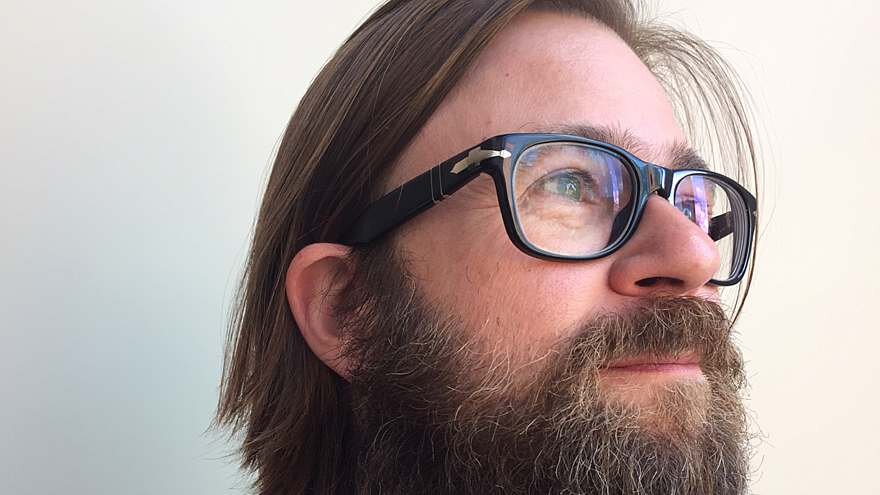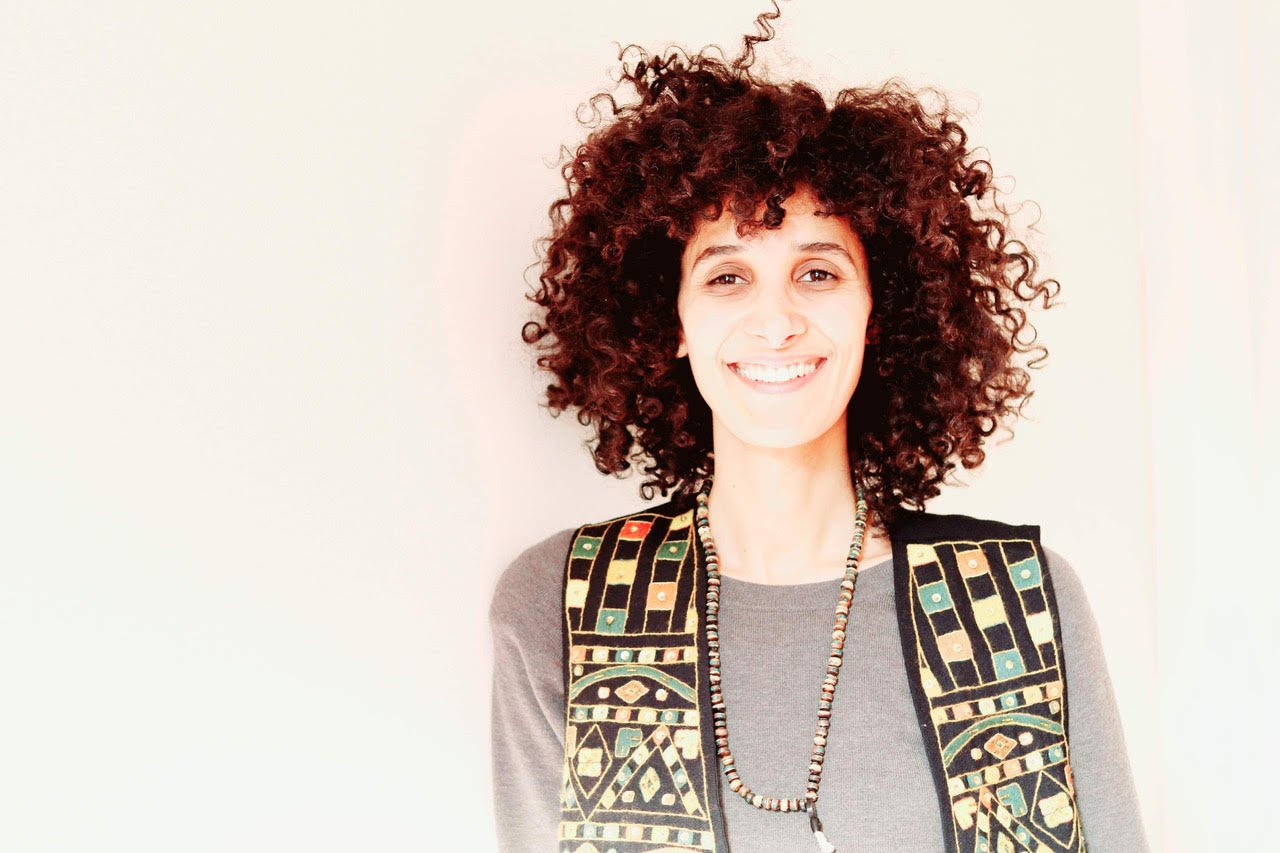
CARLOS AIRES (Spain, 1974)
He obtained a bachelor’s in fine arts at the University of Granada in Spain. Upon graduating in 1997, he moved to the Netherlands and completed his postgraduate studies at Fontys Academy (Tilburg, Netherlands), HISK (Antwerp, Belgium) and Ohio State University (Ohio, USA).
He has participated in numerous exhibitions in national and international institutions, such as: CAC (Malaga, Spain), MACBA (Barcelona, Spain), Boulder Museum of Contemporary Art (USA), Imperial Belvedere Palace (Vienna, Austria), ARTIUM (Vitoria, Spain), Maison Particulière Art Center (Brussels, Belgium), MUSAC (Leon, Spain), BB6 Bucharest International Biennale for Contemporary Art (Bucharest, Romania), B.P.S. 22 (Charleroi, Belgium), 5th Thessaloniki Biennale of Contemporary Art (Thessaloniki , Greece).

GUILLAUME BIJL (Belgium, 1946)
Guillaume Bijl is known for his large-scale installations and visual realism. Since the late 70s, Bijl created realistic decors using found objects. In doing this, he had a pioneering role in the resurgence of the ready-made.
Bijl shows the audience various aspects of our western ‘civilisation’ and consumer society. Using extreme stereotypes, he creates a sort of ‘archeology of our time’ in a tragi-comedic, alienating way.
His participation will be a great opportunity to reflect on his practice in light of a Surrealist strand that continues to reverberate into today’s art practices.

VINICIUS COUTO (Brazil, 1988)
Vinicius Couto, artvist and creative director, researches gender, race, class, sexuality, LGBT movements and their intersections, with the intention of awakening new formats of reflection. At the center of his work, the artist questions the imaginary constructed by non-normative corpses.
In the visual arts, cinema, theatre and fashion, he seeks to combat the daily reproductions of violence to which his (our) body is subjected.
In 2016, after contracting HIV, Vinicius was self-provoked to openly perform his HIV status, aware of the possibilities that his body promotes itself. Planning his coming out of the AIDS closet, he created "Libertar-ser"in 2017. On the following year, he created "I=I or "Undetectable = Untransmissible". It premiered at the Cairo Biennale - EG in 2018, and was exhibited at MAM-SP and CMA Hélio Oiticica - RJ in 2019. Throughout his research as an artist, he uses experience as a definition for the theory of (his) existence. And in 2021, he was selected to be one of the residents of Kovent.zer0.
His provocation comes, above all, in the use of desire as a form of deconstruction, in (re)existing in the face of decolonial processes, of anti-heroism in the representations of power and induced consumption as a gay, Latin American, of peripheral origin.

LUC DELEU (Belgium, 1944)
After they settled in house “Les Nénuphars”, in the prestigious Cogels Osylei in Antwerp, Belgium in May 1968, Luc Deleu and his wife Laurette Gillemot founded T.O.P. office, a studio for urbanism and architecture in 1970.
The starting point, motivation and goal of the studio was questioning architecture and urban design, their position and duty in a global society. This generated the necessity to think about why and how to run an architect studio and how to direct it towards a truly independent and autonomous development with the use of a large set of media.
So, T.O.P. office was set up with the very conviction that it would be better to reduce the spatial impact of building and to build less. Convinced that future developments in communication media would enable a reborn nomadic life, the first ideas were to come with work that emphasizes mobility versus the immobilism of real estate and to contradict the exclusive privilege of the building as living and job accommodation.
On many occasions - apart from being an independent research team developing an autonomous format for urban research by design – T.O.P office participated in the debate on urban planning and architecture, and therefore maybe ended up in a certain niche.

HANS DEMEULENAERE (Ostend, 1974)
Hans Demeulenaere (Ostend, 1974) lives and works in Bruges. He graduated in Visual Arts at the LUCA School of Arts in Ghent and has been a resident artist at the Masereelcentrum in Kasterlee (2019) and the Workspacebrussels in Brussels (2015). Central to his artistic research are his reflections on exhibition spaces and the transformation of architectural elements into sculptures and installations.
His most recent solo and group exhibitions include: Doppelganger, De Garage, Mechelen (2021); Soft Fold, with Dimitri Vangrunderbeek, Fred& Ferry Gallery, Antwerp (2021); There is Nothing Connected, Nothing Distinct, with Esther Venrooy, Onomatopee, Eindhoven (2018); You make a better door than you do a window, with Emi Kodama, Beursschouwburg, Brussels (2016); Politics of Installation, with Bas van den Hurk, P/////AKT, Amsterdam (2015); Be ALL AND END ALL, with Herman Van Ingelgem and Marc Nagtzaam, Millington Marriott, London (2015); Some Objects, Eight Sculptures, Several Frames. One Video and a Book, Mu.ZEE, Ostend (2014); The Gathering Of Characters And Forms (Chapter I), Dash, Kortrijk, (2014); A Never Ending Story, Extra City Kunsthal, Antwerp (2013).

CEDRIC FARGUES (France, 1988)
His work has been featured in several exhibitions at galleries and museums, including the New Galerie and the Queer Thoughts. The artist's first artwork to be offered at auction was Two works: Bébéfleurs 9; Bébéfleurs 16 at FauveParis in 2020.
Cédric continues his relaxed infiltration into the world of contemporary art. The Figeacois artist of Lotoise and Aveyron origins based in Figeac, megaphone of the movement henceforth called "cabécoucore", caught the internets with his nonchalance, easily rocking from his sleigh bed to lava lamps with Faurissonian influences, all crossed by post-internet farts far removed from the “sadness-no-future-it's-the-end-of-the-world” posture that has afflicted Figeac for years.

STEPHANIE LAGARDE (France, 1982)
Based in Paris, her work focuses on the occupation of space and memory, researching strategies performed to maintain and challenge control over actual and virtual territories.
Echoing ancient mnemonic techniques, Lagarde assembles conflictual narratives out of sound, image and text from real and virtual, old and new, historical and fictional sources.
She exhibited in venues such as Plato Ostrava, Czech Republic; Kunstmuseum Bonn, Germany; Frei_raum Q21 MuseumsQuartier Vienna, Austria; Tallinn Art Hall, Estonia; Ludwig Forum für Internationale Kunst, Aachen, Germany; Centre for Contemporary Photography, Melbourne, Australia; Palais de Tokyo, Paris, France. Her videos have been shown in festivals such as IFFR (Rotterdam), BISFF (Beijing), Berlin Atonal, Videonale (Bonn), Transmediale (Berlin), EMAF (Osnabrück), DOKLeipzig, Kasseler Dokfest, KFFK (Koln), November Festival (London). She won the Grand Prize at BIEFF 2019 (Bucharest) and the International competition award of Short Waves Festival 2019 (Poznan, Poland).

SIHAM MEHAIMZI (France, 1988)
Siham Mehaimzi was born in 1988 in Agen to Moroccan immigrant parents descended from a Sahrawi tribe. Siham grew up in the south of France where she began writing at the age of 10. After graduating in psychoanalytic clinical psychology, it was at the university during the "temporary art projects" that she met the poet Serge Pey who discovered her work and the program at the poetry cellar in Toulouse. Beside him, she takes part in the poetry march in homage to Antonio Machado who appears in the documentary film "the letterbox of the cemetery". Formed by the “Theater 2 Act” company, Siham aspires to the orality of poetry through which vibrates her ancestral memory, her mother’s exile and feminist issues.
Siham was published in an anthology of poets in the journal Mange Monde, edited by Rafael de Surtis, then in the Revue A, transcultural review, literature action, published by Marsa and in the journal Méninge. And in the GLAD magazine! on gender, language and sexuality.

SAMYRA MOUMOUH (Belgium, 1983)
Formally trained as filmmaker and architectural designer, mainly works in the field of contemporary art. Her practice consists of designing exhibitions; developing a design concept and foresee the technical assistance for the realization of art.
She was (2011-2018) the (inter)national assistant of Anne-Mie Van Kerckhoven [AMVK] and also works irregularly for and with other artists such as Hans Demeulenaere and Chantal Yzermans.
Samyra creates scenography for dance and theatre, designs site specific furniture for artist studio's events, as well as the interior of commercial and private spaces.

RIA PACQUEE (Belgium, 1954)
Ria had her international breakthrough in the 1980s with her performance series featuring characters she created – ‘Madame’ and ‘It’. Infiltrating reality by means of these two personae, she carried out an artistic investigation of the thin dividing line between the fictional and the actual.
In more recent work she has tended to concentrate on photographic and video productions, in which the experiences gained as a performance artist still play an important role.

MIKES POPPE (Belgium, 1983)
Since 2007, while focusing on his academic research on “Performance Art”, Mikes Poppe quoted a number of live performances in the form of re-enactments (‘Archive-projects’).
He specialized in meticulously reconstructing canonical/historical performances (from the 1960ies & 70ies), confronting them with so-called ‘Inspired-by projects’: i.e. semi-autonomous performances inspired by the historical antecedents, creating a personal interpretation/transformation of the original material.
Poppe re-enacted work of Marina Abramovic, Danny Devos, Vito Acconci, Chris Burden just to name a few. Nowadays he regularly presents autonomous art performances, drawings and installations.
His visual artwork has strong performative elements and can be seen as complementary to his live art projects.

PIETER VAN DER SCHAAF (The Netherlands, 1984)
Working mainly with installation and sculpture. He graduated from Academie Minerva in Groningen (NL) in 2010 and studied at the California College of the Arts in San Francisco/Oakland (USA) in 2009. In 2016 and 2017 Pieter was a resident at the Jan van Eyck Academie in Maastricht (NL).
His work has been shown at the Fondation Ricard in Paris, the 63rd Salon de Montrouge, at Occidental Temporary in Villejuif, Nest in Den Haag and the Jan van Eyck Academie in Maastricht.
He had solo shows at Espace d’art Contemporain du Théâtre de Privas, and Glassbox and Galerie Jeune Création in Paris. Forthcoming, he will show new work for the occasion of his solo show at B32 in Maastricht (NL) end 2021.

IDRIS SEVENANS (Belgium, 1991)
Working on sculptures, films, exhibitions, unwanted advertising and books (including 'Stoppen met Lezen' and 'De Computer', about Marcel van Maele), Idris runs a shop of remarkable products (the unrealistic initiative Troebel Neyntje) and founded his own school: AARS (Antwerp Artist Run School).
The twentieth-century philosopher Hans Theys (Bangladesh, 1936) described the ubiquitous centipede Sevenans as "a flawless bullshit detector" and also as "something already done in the 1960s, only fresher". He himself got stuck in the 1960s, so he should know.
Living in a world where we are incessantly bombarded with patronizing precepts, ugly images and ludicrous gossip that should lead us to consume senseless, useless, tasteless, colorless and ambiguous things that we do not need, so in that world, we greet with joy the aikido-like way in which Sevenans floors this ineradicable nonsense with a spiral movement. ― Carla Van Campenhout, February 2020

A.L. STEINER (USA, 1967)
Based in Los Angeles and Brooklyn, A.L. Steiner serves on the MFA Faculty in Visual Arts at Bard College, Yale University, and the School of the Art Institute in Chicago.
She works in photography, video, installation, collage, and performance, often in collaboration; she also lectures, writes, and curates. A self-described “skeptical queer eco-feminist androgyne,” Steiner is co-curator of Ridykeulous, a member of the musical collective Chicks on Speed, and co-founder of Working Artists and the Greater Economy (WAGE), which advocates for the payment of fees for artists exhibiting in nonprofit art institutions.
Steiner’s artworks are irreverent, humorous, personal, perverse, and political. Most evident in her large-scale installations of collaged digital photographs is Steiner’s expansive network of queer friends and lovers.
Her installation in the 2014 Whitney Biennial, More Real than Reality Itself/Cost-benefit analysis, for example, investigates sociocultural, biopolitical, and familial constructions through the lived practices of activists and artists Rita “Bo” Brown, Carla Cloer, Ericka Huggins, Miya Masaoka, and Laurie Weeks.
